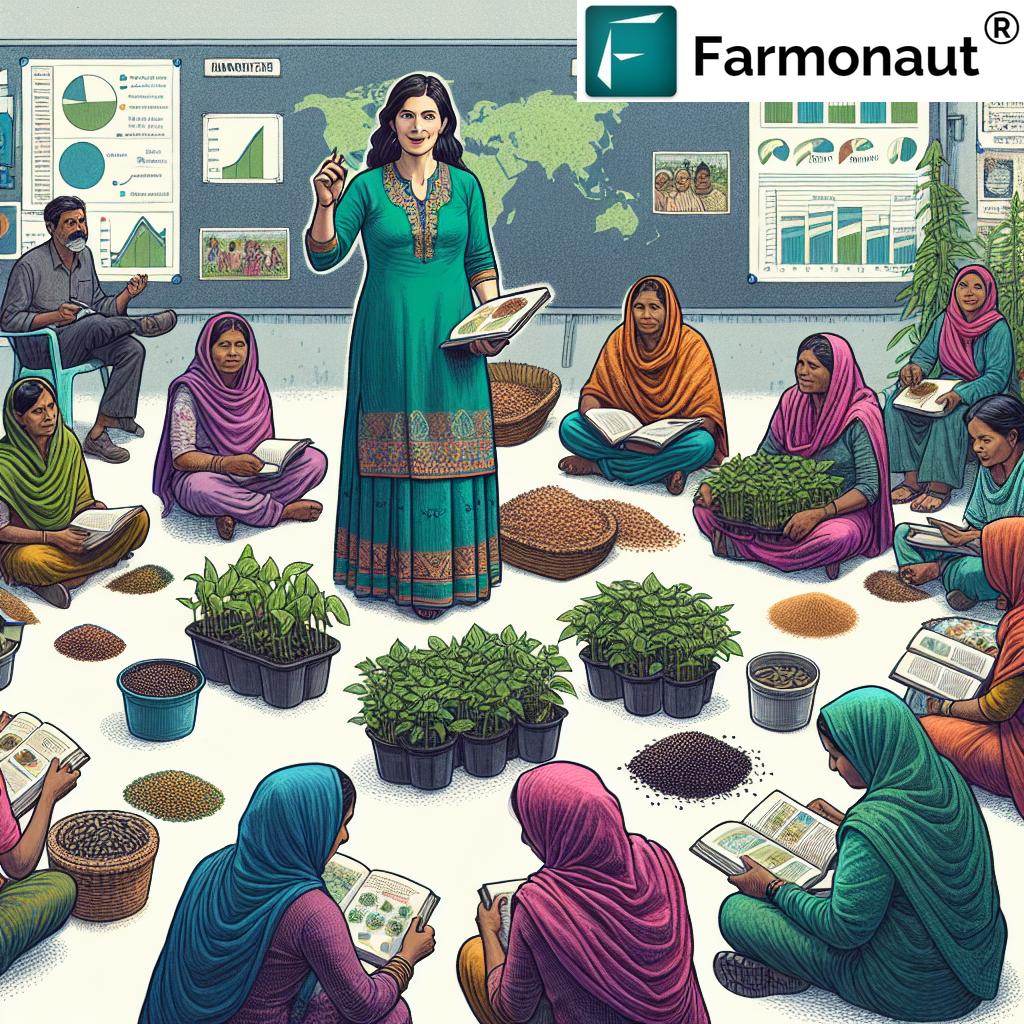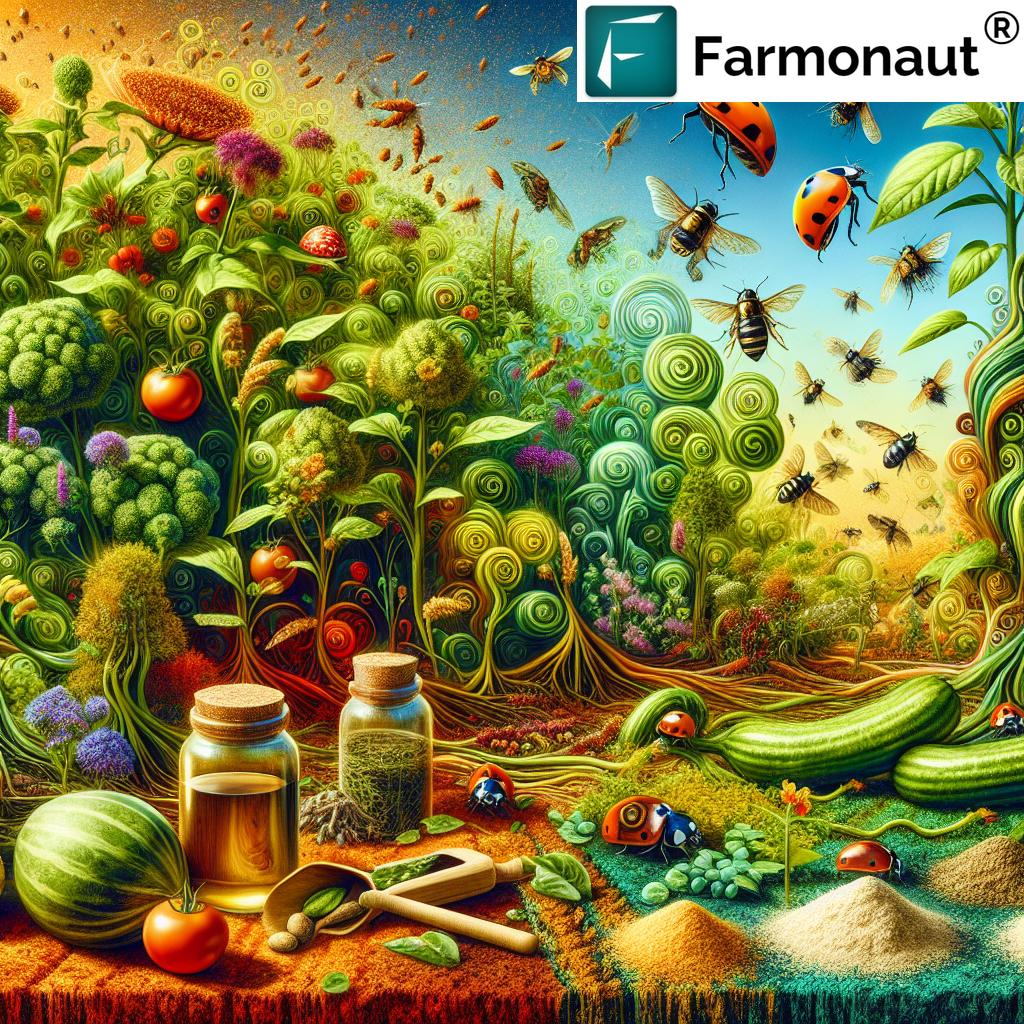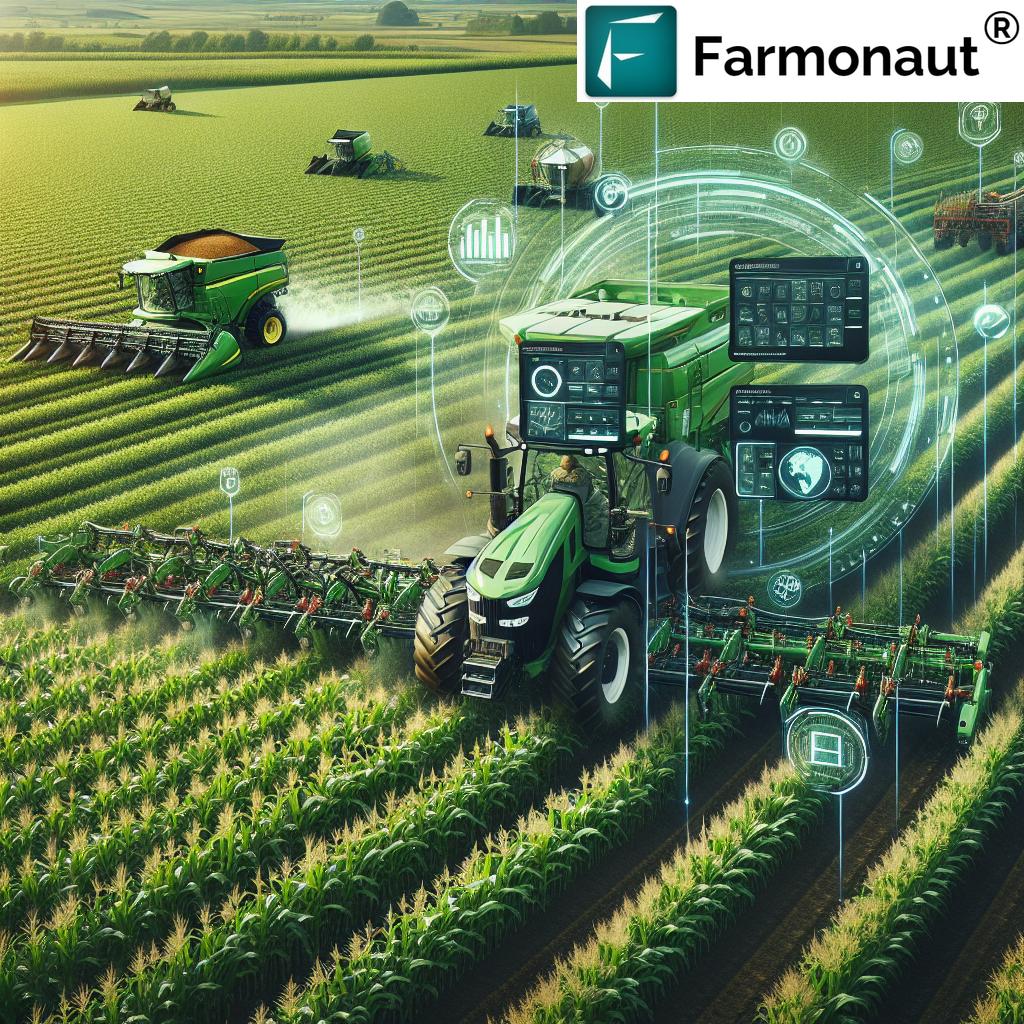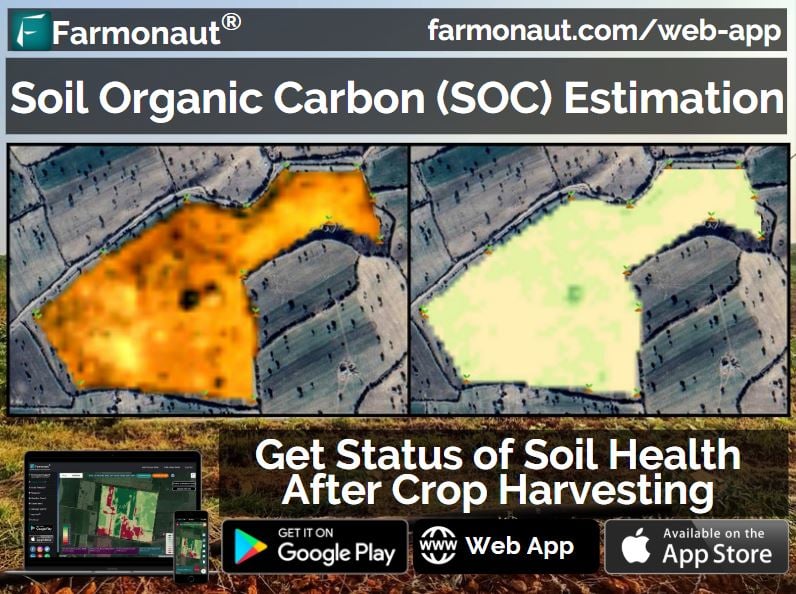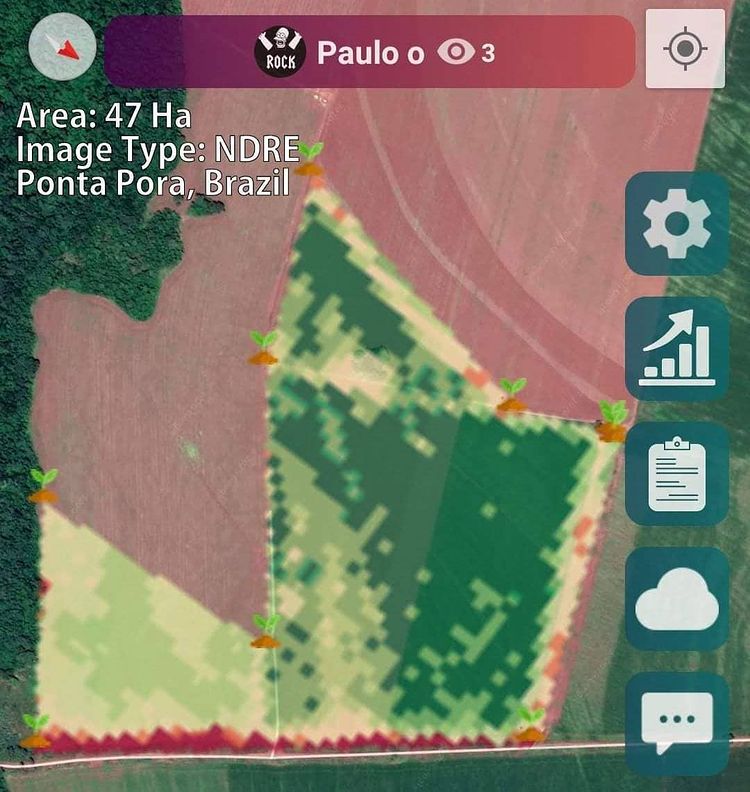Women in Agriculture: 7 Shocking Sustainability Secrets
“Women make up 43% of the global agricultural workforce, yet receive less than 10% of available credit and land.”
Introduction: The Changing Role of Women in Agriculture
When we talk about sustainability, food security, and rural economic development, it’s impossible to ignore the critical role women play in agriculture. Across continents—from the lush villages of South Asia to the modern farms of the United States—women are the backbone of rural livelihoods, sustaining communities and nourishing nations. Despite this, stark inequalities persist, limiting their access to land, financial resources, technology, education, and leadership.
Today, we’re diving deep into the world of women in agriculture, unveiling seven truly shocking secrets that, once addressed, can transform not only rural economies but also advance climate action and food security on a global scale. Our practical insights, data-driven tips, and actionable solutions are designed for anyone passionate about sustainable farming practices, rural development, climate resilience, or gender equity.
Global Participation and Impact of Women in Agriculture
Let’s begin by recognizing the scope of women’s involvement in farming. Globally, women constitute nearly half of the agricultural workforce. Depending on the region, their roles and contributions vary, but their impact is consistently significant.
- United States: In 2019, women were identified as operators on 51% of U.S. farms, acting as principal (14%) or secondary (37%) operators.
- Despite covering a vast number of farms, women-operated farms contributed over 4% of the nation’s total agricultural production value.
- Worldwide: In South Asia and similar regions, women provide the majority of agricultural labor but are grossly underrepresented in land ownership. For example, under 10% of land titles are held by women in some countries (dreamworknetwork.com).
Yet, despite this massive participation, the female agricultural workforce is often constrained by unequal access to resources, land, financial credit, training, and market opportunities. Unlocking their potential is not just a matter of equity—it is absolutely essential for global food security, climate action, and sustainable rural development.
7 Shocking Sustainability Secrets in Women in Agriculture
Our journey into women in agriculture reveals seven urgent areas where empowerment, innovation, and progressive policies can drive radical change—improving climate resilience, food production, economic growth, and rural livelihoods worldwide.
- Barriers in Land Access: Breaking the Invisible Chains
- Financial Exclusion: The Hidden Cost to Productivity
- The Educational & Technical Knowledge Gap
- Cultural & Social Norms: The Silent Setbacks
- Climate Vulnerabilities & Resilience
- Under-Representation in Leadership and Decision-Making
- Unleashing Sustainable Practices: When Women Lead
“Empowering women farmers could increase agricultural yields by up to 30%, significantly enhancing food security and sustainability.”
Secret 1: Barriers in Land Access—Breaking the Invisible Chains
One of the most persistent challenges in women in agriculture is the severe restriction on land ownership and access. Globally, women own less than 15% of agricultural land and in South Asia, the figure is even lower. This limited ownership restricts our ability to make strategic decisions, secure loans, or invest in long-term land improvements—perpetuating dependence and inhibiting sustainable agricultural practices.
- Without formal land rights, women’s production and income remain constrained.
- When women do own land, crop yields and food security rise sharply—multiple studies show women’s ownership is linked to greater investment in soil health, organic matter, agroforestry, and diversified farming systems.
- This barrier reflects global issues—from the United States, where even female operators face inheritance biases, to African and Asian regions rooted in customary law and gendered traditions.
Addressing women’s access to land and resources is the first step towards sustainable economic development and rural livelihoods.
Secret 2: Financial Exclusion—The Hidden Cost to Productivity
Imagine trying to improve your farm but being denied a bank loan simply because you don’t have collateral or land in your name. This is the painful norm for millions of women farmers worldwide. The World Bank identifies a $300 billion annual global gap in financial access for women in agriculture—fueling cycles of exclusion and low productivity.
- Microfinance and community lending are increasingly valuable but don’t fully address the scale of need.
- Without financial inclusion for women farmers, it’s nearly impossible for us to buy quality seeds, invest in sustainable irrigation systems, or purchase new technology that boosts yields and resilience.
As the sector adapts, banking and credit products tailored to women’s situations—backed by satellite and digital verification—hold the key to bridging this gap and empowering the agricultural workforce.
Farmonaut’s Crop Loan and Insurance Verification solutions enable banks and insurance providers to verify crop status and land ownership using satellite data—simplifying access to credit for all farmers, especially women, and reducing fraud in the process. This is a leap forward for financial inclusion in agriculture.
Secret 3: The Educational & Technical Knowledge Gap
The knowledge gap looms large between women and men in agriculture. Lower access to education, specialized agricultural training for women, and modern technology limit women’s ability to implement improved farming practices.
- Globally, women receive far less technical and vocational training in agriculture than their male peers (azolifesciences.com).
- This discrepancy manifests in lower adoption of climate-adaptive seeds, efficient irrigation, and advanced pest/disease management techniques.
- Digital illiteracy, time poverty, and lack of childcare further widen skill gaps and hinder the shift toward sustainable farming practices.
Thankfully, the rise of mobile advisory apps, satellite-driven services, and low-cost sensor technology is creating fresh opportunities for women’s rural economic development.
Secret 4: Cultural & Social Norms—The Silent Setbacks
In many cultures, gender roles and entrenched norms govern everything from household labor divisions to communal land management. Even where women provide the majority of the labor, they are often excluded from decision-making, community leadership, marketing, and financial negotiations.
- This results in lower wages: On average, women agricultural workers earn 20-30% less than men (dreamworknetwork.com).
- Lack of visibility in leadership perpetuates cycles of inequity and undervaluation of women’s contributions.
- Social stigma around women’s public roles and mobility often limits participation in farm cooperatives, market-based programs, and extension activities—reducing the effectiveness of rural development interventions.
Secret 5: Climate Vulnerabilities & Resilience
The impact of climate change on agriculture is felt most acutely by those with the least resources—and women, especially female-headed households, are disproportionately vulnerable.
- Limited climate finance, restricted access to irrigation or drought-resistant technologies, and exclusion from adaptation programs leave women farmers on the frontline of climate risk.
- Data shows that during heatwaves, female-headed households lose 8% more income compared to male counterparts (apnews.com).
- When empowered and included, women have consistently developed ingenious, nature-positive responses to climate stress—such as agroforestry, organic mulching, and diversified cropping—but require resources and autonomy to scale these solutions.
Empowering women and climate change resilience is an essential element of building future-proof food systems.
To support climate-resilient agriculture, Farmonaut’s Carbon Footprinting Platform provides real-time emissions data for farmers and agribusinesses, encouraging eco-friendly agricultural practices and supporting compliance with emerging climate policies.
Secret 6: Under-Representation in Leadership and Decision-Making
One of the less visible but most consequential issues is the chronic under-representation of women farmers and agricultural workers in leadership positions—both at the farm and policy level.
- Exclusion from farm cooperatives, market negotiations, and key government policy discussions limits the reach and impact of women-centered solutions.
- Research shows more inclusive decision-making teams yield improved policy outcomes, higher rates of adoption of sustainable practices, and increased rural income across entire communities.
We must challenge traditional structures by empowering women in farming to take up leadership, influence policy, and champion innovation across the supply chain.
The right technology empowers all farm managers. Farmonaut’s Agro-Admin App is designed for efficient, transparent, and scalable farm management—streamlining operations while enabling all operators, including women, to lead and innovate.
Secret 7: Unleashing Sustainable Practices—When Women Lead
Perhaps the most surprising fact is that greater women’s participation directly accelerates the transition to sustainable, climate-smart agriculture:
- Regions with higher female participation show a 20–30% improvement in the adoption of eco-friendly practices—such as organic farming, conservation tillage, and water-saving technologies (reuters.com).
- Households led by women demonstrate greater dietary diversity and improved nutrition outcomes, benefiting families and communities alike.
- Farm yields, food security, and income all rise when women’s empowerment is prioritized and supported with targeted programs, policies, and technologies.
It’s a shocking and hopeful truth: Empowering women in agriculture is essential to achieving sustainable food systems and a climate-resilient future.
Empowering Women in Farming: Critical Solutions & How We Can Act
It’s clear that action is needed on multiple fronts. As a community striving for sustainable agriculture, rural economic growth, and gender equity, here’s how we can join forces to support and empower women in farming:
1. Enhancing Women’s Access to Land and Resources
- Support land rights reforms and programs that promote women’s independent land ownership in all regions—especially in States and countries where inheritance and title transfer laws are biased.
- Encourage participation in agricultural cooperatives as a way to access pooled resources, market opportunities, and collective bargaining power.
2. Improving Financial Inclusion for Women Farmers
- Develop banking and credit products that account for the unique constraints women face—such as lack of collateral, limited documentation, and irregular income cycles.
- Leverage digital identity and satellite-based cropping verification to speed up loan and insurance processing for all—Farmonaut’s credit assessment systems strengthen this process for rural women seeking to invest in their futures.
- Promote women-friendly microfinance institutions and community lending circles to fill urgent gaps in banking services and access to essential resources.
3. Expanding Agricultural Education, Training, & Digital Opportunities
- Prioritize agricultural training for women and ensure equitable representation in vocational, technical, and extension programs.
- Support accessible digital platforms, such as satellite-based farm monitoring and market linkage apps, to help rural women earn more, reduce risk, and make informed decisions.
For wider reach, Farmonaut’s web, Android, and iOS apps provide real-time crop health monitoring, climate data, and resource management to all farmers—enabling operators to optimize inputs, boost productivity, and build resilience, regardless of scale.
4. Challenging Cultural & Institutional Norms
- Promote gender equality campaigns and peer-to-peer advocacy among community leaders and policymakers.
- Mandate representation of women in rural leadership, extension networks, and agricultural governance boards.
- Sponsor education and mentorship programs to highlight women’s voices and innovations in agriculture.
5. Building Climate Resilience Across Rural Households
- Invest in climate-adaptive infrastructure, early warning systems, drought-resilient seed banks, and financial safety nets that prioritize female-headed households and marginalized groups.
- Equip women with the tools—and power—to influence local climate policy and participate in national resilience planning.
6. Increasing Technological Access and Digital Equity
- Ensure digital innovation (such as satellite monitoring, AI-driven advisory, and supply chain traceability) is designed for inclusivity and supports women’s participation at every level.
- Encourage data-driven solutions to track impact, improve intervention outcomes, and amplify women’s success stories—a key element for donor agencies, companies, and governments working toward SDGs.
Looking for transparent supply chains and safe, authentic food sourcing? Farmonaut’s Blockchain-Based Traceability Platform is revolutionizing transparency for producers, buyers, and end customers—supporting ethical products from female-led farms and beyond.
7. Supporting Scalable and Inclusive Sustainable Farming Programs
- Scale up successful pilot programs, agreements, and demonstration farms that have proven benefits for women and sustainable agriculture.
- Monitor, measure, and iterate for continuous progress—technologies like Farmonaut’s carbon tracking and large-scale management platforms support not just farmers but also policymakers, banks, and supply chain actors.
All these interventions create compounding benefits, delivering improved yield, higher net household incomes, stronger climate resilience, and more equitable food systems for generations to come.
The Role of Technology: Farmonaut’s Sustainable Solutions for All Farmers
Digital innovation and remote sensing are transforming the future for women in agriculture. Farmonaut is democratizing precision agriculture with affordable, scalable, satellite-powered solutions that give every farmer—regardless of gender, region, or farm size—the ability to monitor, analyze, and improve their operations.
- Satellite-Based Crop Health Monitoring: Access real-time crop health, soil moisture, pest/disease risks, and vegetation indices. Women farmers can spot issues, plan timely interventions, and optimize resource use—boosting yield and income.
- AI-Based Advisory: Farmonaut’s Jeevn AI System gives tailored recommendations: from weather alerts to irrigation scheduling, it’s like having an agronomist in your pocket—enabling all farmers to make data-driven decisions for higher productivity.
- Blockchain-Based Product Traceability: Build consumer trust, validate ethical sourcing, and open up niche market opportunities for female agricultural operators and rural entrepreneurs.
- Fleet and Resource Management: Manage logistics and operations effortlessly, making every minute and every rupee/euro/dollar count—supporting rural women in scaling up agri-enterprises.
-
Carbon Footprinting: Measure and improve your farm’s environmental impact. Engage eco-conscious buyers, fulfill compliance requirements, and qualify for sustainable incentives.
Learn how carbon tracking supports rural women’s economic development.
Farmonaut’s platforms work on Android, iOS, and web—with an easy-to-use API (access here), and developer documentation available here. Every farm, region, state, and country—whether in South Asia or the United States—can harness these tools for greater security, sustainability, and prosperity.
Comparative Benefits Table: Impact of Empowering Women in Agriculture
Below, we present a comparative analysis of how empowering women in agriculture propels sustainability across key indicators.
| Sustainability Aspect | Current Status (Low Participation) | With Women Empowerment | % Improvement |
|---|---|---|---|
| Crop Yield | 4–8% below regional average | Up to 30% increase in yields | +30% |
| Household Food Security | Intermittent shortages, malnutrition prevalent | Consistent food supply, improved nutrition | +15–20% |
| Adoption of Eco-Friendly Techniques | Slow, under 10% uptake | 20–30% overall adoption | +20% |
| Community Income | Stagnant or declining | Significant increases for female and male-led households | +10–30% |
| Climate Resilience | High vulnerability, slow recovery after shocks | Robust adaptation, rapid recovery, improved resource use | +20% |
Frequently Asked Questions (FAQ): Women in Agriculture
Q1: Why is empowering women in agriculture so important for food security?
A: Women comprise a significant share of the agricultural workforce—especially in food production, processing, and rural labor. By removing constraints on women’s access to land, financial credit, training, and decision-making, we unlock higher productivity, more resilient households, and diversified diets—directly increasing food security for communities worldwide.
Q2: What are the main barriers limiting women’s success in farming?
A: The biggest barriers include lack of land rights, financial exclusion, limited access to technology and training, restrictive social norms, under-representation in leadership, and vulnerability to climate shocks. Each must be addressed with targeted policies, affordable innovation, and inclusive community action.
Q3: How does women’s participation make agriculture more sustainable?
A: When women are empowered as operators, resource managers, and decision-makers, holistic and eco-friendly farming practices (such as crop diversification, conservation techniques, and efficient resource allocation) become more widespread. This benefits environmental conservation, reduces waste, and builds community resilience to climate change.
Q4: What technologies support women in agriculture today?
A: Satellite farm monitoring, AI-powered advisory systems, digital payment/credit tools, blockchain for supply chain traceability, and mobile/web apps for resource management are all closing the gender gap. Farmonaut, for example, makes these technologies affordable and accessible worldwide so that women in all regions can boost their productivity and security.
Q5: How can my community or organization get involved in supporting women’s empowerment in agriculture?
A: Start by advocating for gender-equal land and resource policies, ensure that women are represented in all training and extension activities, promote women-centric rural finance initiatives, and raise awareness among community leaders. Leveraging platforms like Farmonaut can amplify outreach, monitor impact, and scale up inclusive interventions.
Conclusion: Building a Sustainable, Food Secure Future Together
Women are not just the backbone of rural labor; they are visionaries, innovators, and essential architects of our food systems. By empowering women in agriculture—through policies, investments, training, and advanced, inclusive technologies—we drive lasting progress in food security, economic productivity, climate resilience, and sustainable rural development.
At every stage, from soil to supper tables, Farmonaut is dedicated to making agriculture smarter, more sustainable, and more just—for everyone. Let’s work together to create an agricultural world where every woman, every farmer, and every rural community flourishes.
Ready to get started? Explore precision farming tools, real-time advisory, blockchain traceability, and more at Farmonaut—empowering you and your community to grow, adapt, and thrive amidst change.
Empowering women farmers is not just a “nice to have”—it’s the cornerstone of a more resilient, productive, and sustainable agricultural future for us all.



